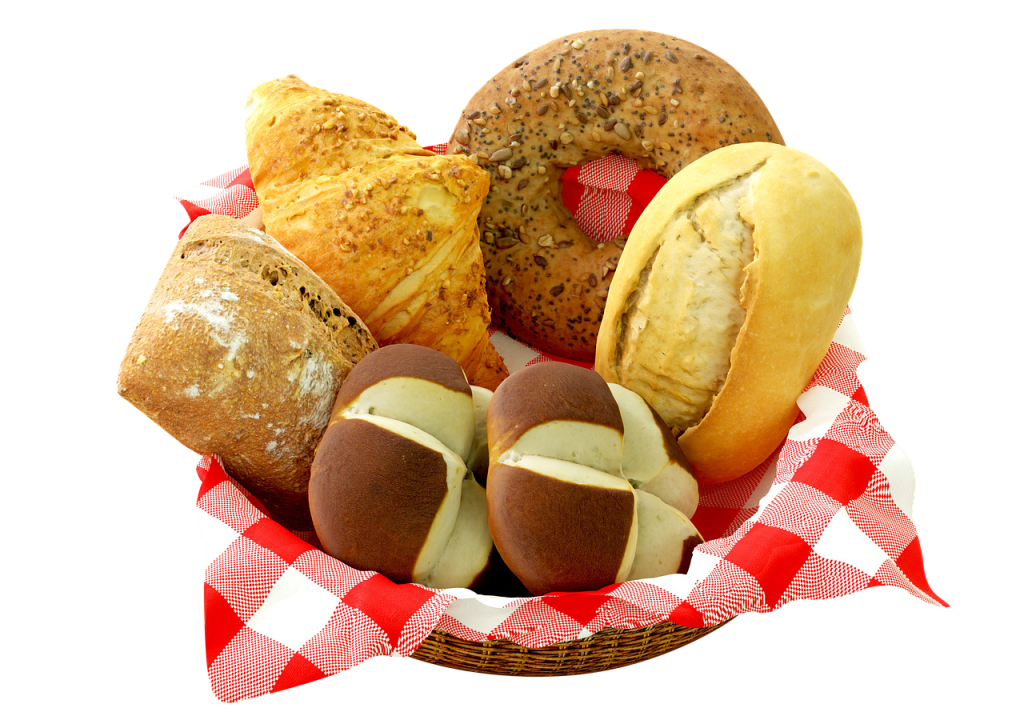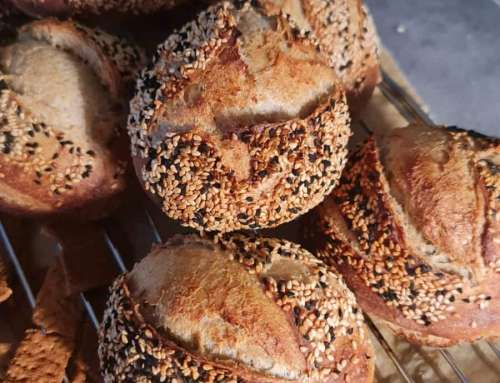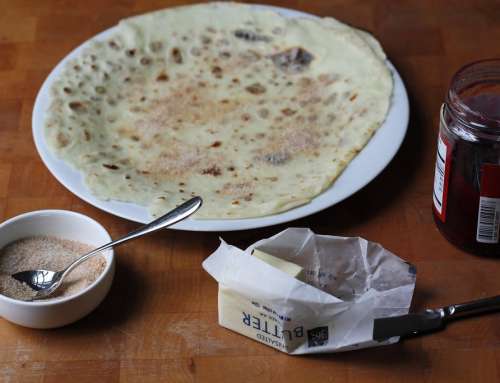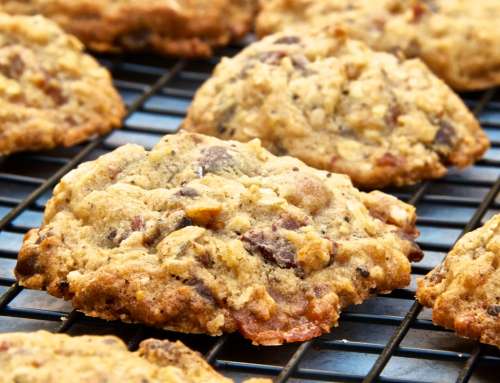
Welcome, all you brave bakers and sour dough enthusiasts! Today, we embark on an adventure through the wacky world of sourdough starters. If you’ve ever wondered how to keep your bubbly bundle of bacteria and yeast happily alive, I’m here to offer some quirky guidance. Remember, maintaining a sourdough starter is like having a high-maintenance pet that occasionally misbehaves in the kitchen!
Step 1: The Naming Ceremony
First things first, give your sourdough starter a name. This is crucial because it makes your culinary venture feel like a cheesy romantic comedy, and it’s easier to scold someone when you can shout, “Bad Bob!” Remember, sourdough starters have personalities too. Some are divas, while others are shy wallflowers. Choose a name that reflects your starter’s quirks.
Step 2: Feeding Time Drama
Your sourdough is like a close friend who recently started on a strict diet. It’s often hungry, and if you don’t feed it, it gets grumpy. Feed it with flour and water, and watch as it doubles in size, just like a time-lapse video of a plant growing. Be prepared for it to rise like a champ when you’re watching, but don’t blink, because the moment you turn your back, it’ll collapse like a soufflé with performance anxiety.
Your drama starts when you take your first starter from a good friend.
Step 3: Schedule Attention
Some sourdough starters are like the sensitive friend who demands your attention. Set a feeding schedule, but prepare to adjust it when life happens, because life is as unpredictable as your sourdough starter’s temperament.
Step 4: Starter Security
Your sourdough starter is a diva who wants a luxury suite. Store it in a glass container, cover it with a loose-fitting lid, and place it in the fridge for up to ten days. Ensure your guests know this isn’t just flour and water; it’s a family member, and they should treat it as such.
If you keep your starter in the fridge, it is important to feed it latest every week.
Step 6: Sharing Is Caring
Sharing your sourdough starter is like matchmaking. You can play cupid by gifting a portion to friends and family but be prepared for mixed reviews. Some will adore it and invite you to their weddings; others will politely decline with a smile that says, “I’d rather not eat your science experiment.”
In conclusion, maintaining a sourdough starter is like having a demanding, unpredictable pet that often rewards you with delightful surprises. Embrace the quirks, the tantrums, and the whimsy of your wild yeast companion. After all, who needs predictability when you can have a sourdough starter with character and a unique personality?
To the point, no BS version for no-fun people:
There are two forms of sourdough:
- Sleeping sourdough 😴
- Active sourdough 🫧
Sleeping sourdough is the batch you usually get from a friend to start your sourdough baking adventure.
When you get your sleeping starter from a friend, you should keep it in a glass jar with a loose lid. You can keep it in fridge up to one week without feeding.
When we want to use it to bake or feed, we take it and combine in a clean glass or ceramic cup with wheat flour and cold water. If you have a kitchen weight, you have equal amount of each, eg 80gr sleeping sourdough, 80gr water and 80 gr wheat flour (I use mix of finely grained wholemeal flour and white flour).
After mixing them and having, we cover it loosely with a lid or plastic folio. Depending on the room temperature, we keep it like that between 5 to 7 hours. In the end of this time, you will see, the mix has doubled and turned into a lively and bubbly mix, which is our active sourdough.
We take some part of this active sourdough to prepare our dough and we take the rest back in its jar to the fridge until the next feeding.
To make a big loaf bread, we need 100 gram active sourdough, so you make the math.





